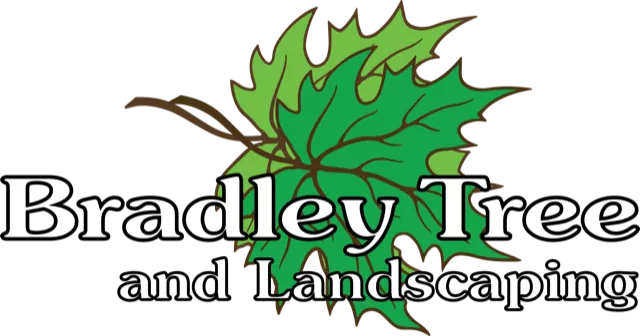Fungi growing on a tree often indicate that the tree is decaying or diseased, and when that happens, they carry with them many of the same risks as dead trees. This type of scenario must be examined and addressed if the tree is to be removed. In this blog, we are going to explore 6 fungi currently present in WNY and what trees they might affect so that when you notice it, you know who to call.
The Damage Caused By The Fungi
Any time you ever see a weird coloring or even mushrooms on a tree, that’s a sign of the fungi taking over. Once the fungus takes over just enough, the tree will start to decompose and break down over time. The tree’s system and external parts will fall apart. This can lead to being a danger to people and property if it starts to come apart while being close enough to you and your property. Public areas will also notice this, and at that point, it becomes an issue for the town to address.
What are the Signs of a Tree Fungal Disease?
Different fungal diseases will cause varying symptoms in your trees, so always be on the lookout for changes. If anything is out of the ordinary for your tree, it’s a good reason to call a certified arborist.
Some of those more common fungal disease symptoms may include:
- Abnormal or odd growths
- Unseasonable Wilting or falling of leaves or needle droppings
- Discoloration in leaves
- Depressions in the wood
- Scabs on your fruits
Powdery Mildew
You’ve probably seen powdery mildew on many plants before, and yes, it also infects trees. It’s a white substance that can negatively damage and weaken plants (see picture below). One of the ways you can deal with this fungus is by pruning your trees and plants, but only for severely infected ones. When in doubt, have an arborist inspect it!
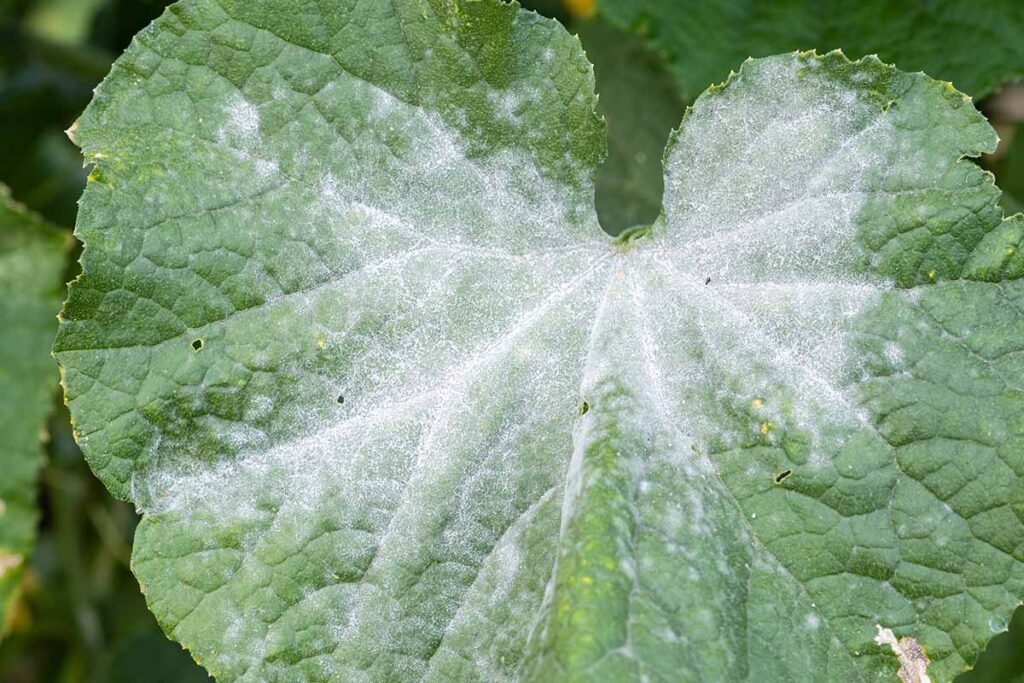
Bracket and Conk Fungi
Bracket and conk fungi (or polypore fungi as they also go by) are mainly found growing on tree trunks and limbs, stumps, fallen logs, and even on structural lumber. They have a larger-looking mushroom-like structure.
Oak, beech, ash, birch, and aspen trees are some of the more common trees on which this fungus is found. Oak trees of any kind (particularly the Red Oak) are some of the more common ones in this WNY area, and we recommend you check those trees the most if you have them in your area.
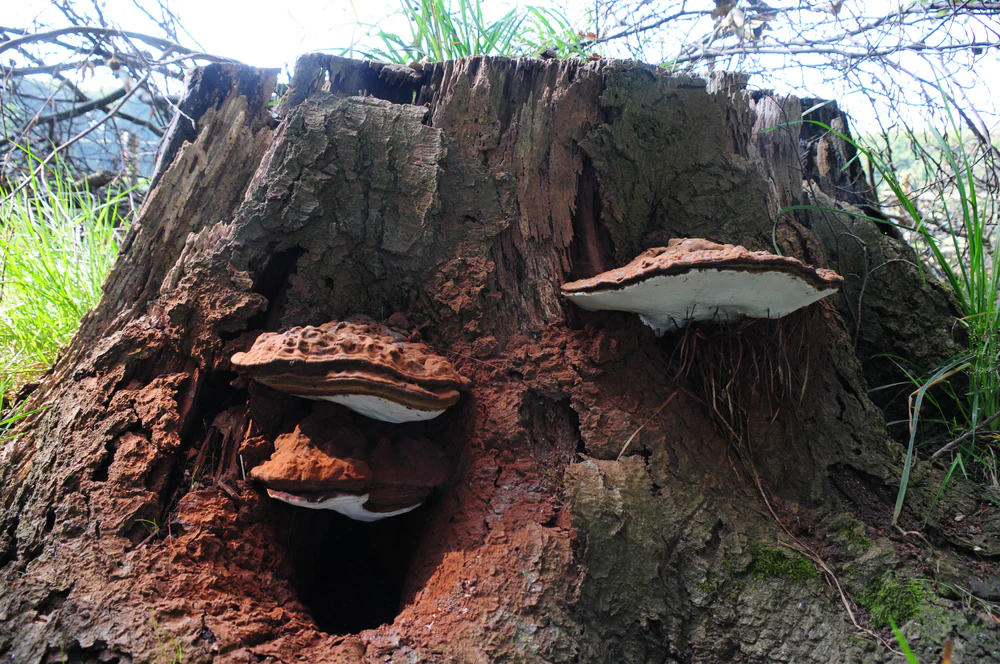
The Cinnabar Polypore
The Cinnabar Polypore is a bright red and sometimes orange fungus that grows on dead wood, like stumps, branches, and twigs. In terms of its look, you simply can’t miss it when you see it, besides what was just said about its color. Beech, birch, cherry, and like with Bracket and Conk, oak trees are also where you will most commonly find this fungi type.

Tar Spot and Anthracnose Fungus
Tar Spot fungus (or Rhytisma acerinum as it goes by) is a specific fungus to the Red Maple tree, one of the most common trees in all of WNY. This particularly affects the leaves on a tree more than the bark. Given that a fungus can affect all parts of a tree, it feels important to now give a bit of focus to the leaf portion of it.
Leaves on a tree represent one of its most vital systems, photosynthesis. Without a proper photosynthesis system, the leaf doesn’t survive. Now, thankfully, this particular fungus isn’t detrimental to the tree itself, just the leaves. So in this case, a proper tree pruning or regular assessment from a professional arborist will go a long way in letting you know what the next steps are for handling this fungus.
Anthracnose is not too dissimilar to tar spot in its look, which is characterized by dark, sunken lesions or spots on leaves, stems, fruits, and flowers.
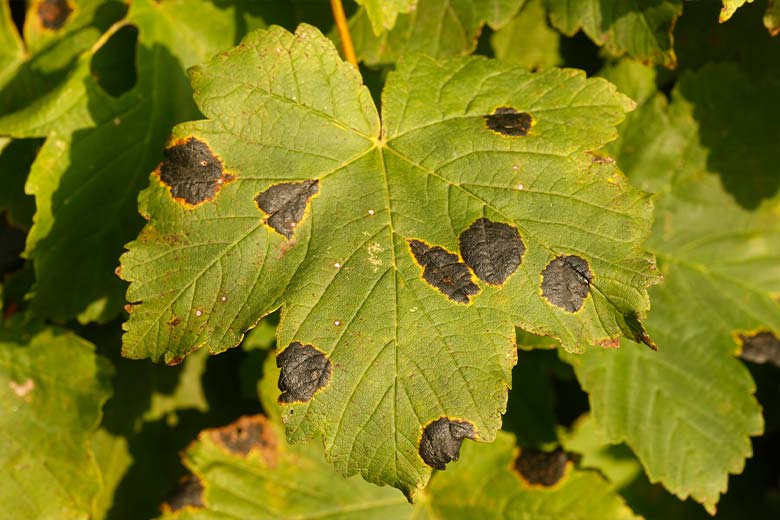
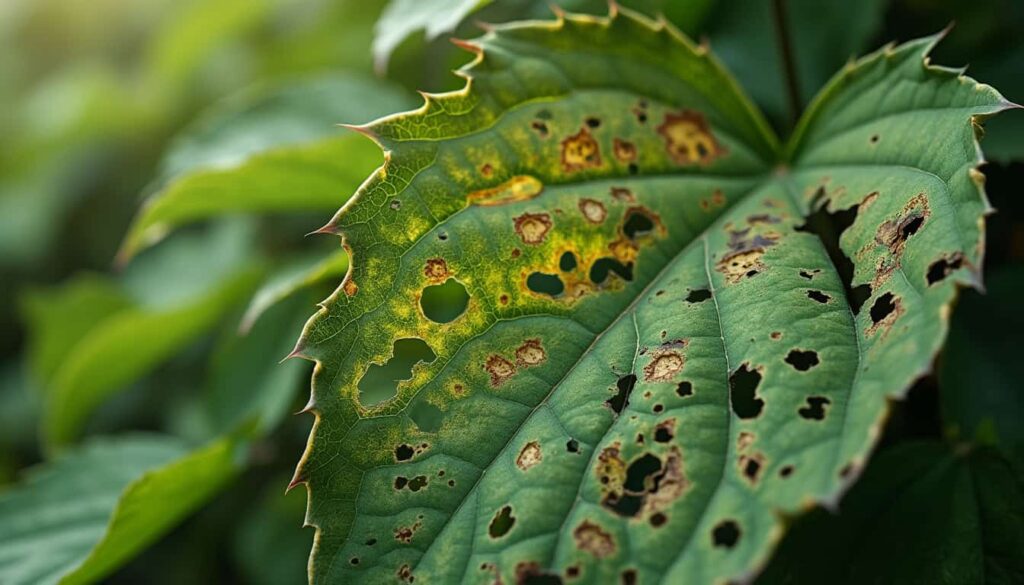
Heart Rot Fungus
Now, these particular fungi have an interesting angle to them that you should know about. Heart rot is a fungus that happens in red maples as well; however, the actual decaying process of the fungus happens inside the tree within the main part of the trunk.
This will cause a structural decline in the tree’s health and can lead to it potentially coming down on its own. It can be especially dangerous in urban environments where they can pose as safety hazards.
Like we just said, the rot and decay happen inside, but there are signs that you can notice it happening from the outside. If you notice other fungus bodies on it, irregular cracking, or discoloration, those could be signs of the rot. Please seek out an arborist to analyze that if you’re unsure.

How Bradley Tree Can Help You
We cannot recommend enough that if you sense something is wrong with your tree, give us a call. You can go to our contact page and reach out to us with any questions you have or if you’re requesting one of our professional arborists! We will come out, take a look, and provide you with a detailed assessment and plan to help ensure your tree is strong and healthy. If it needs to come down, we can take care of that too.
